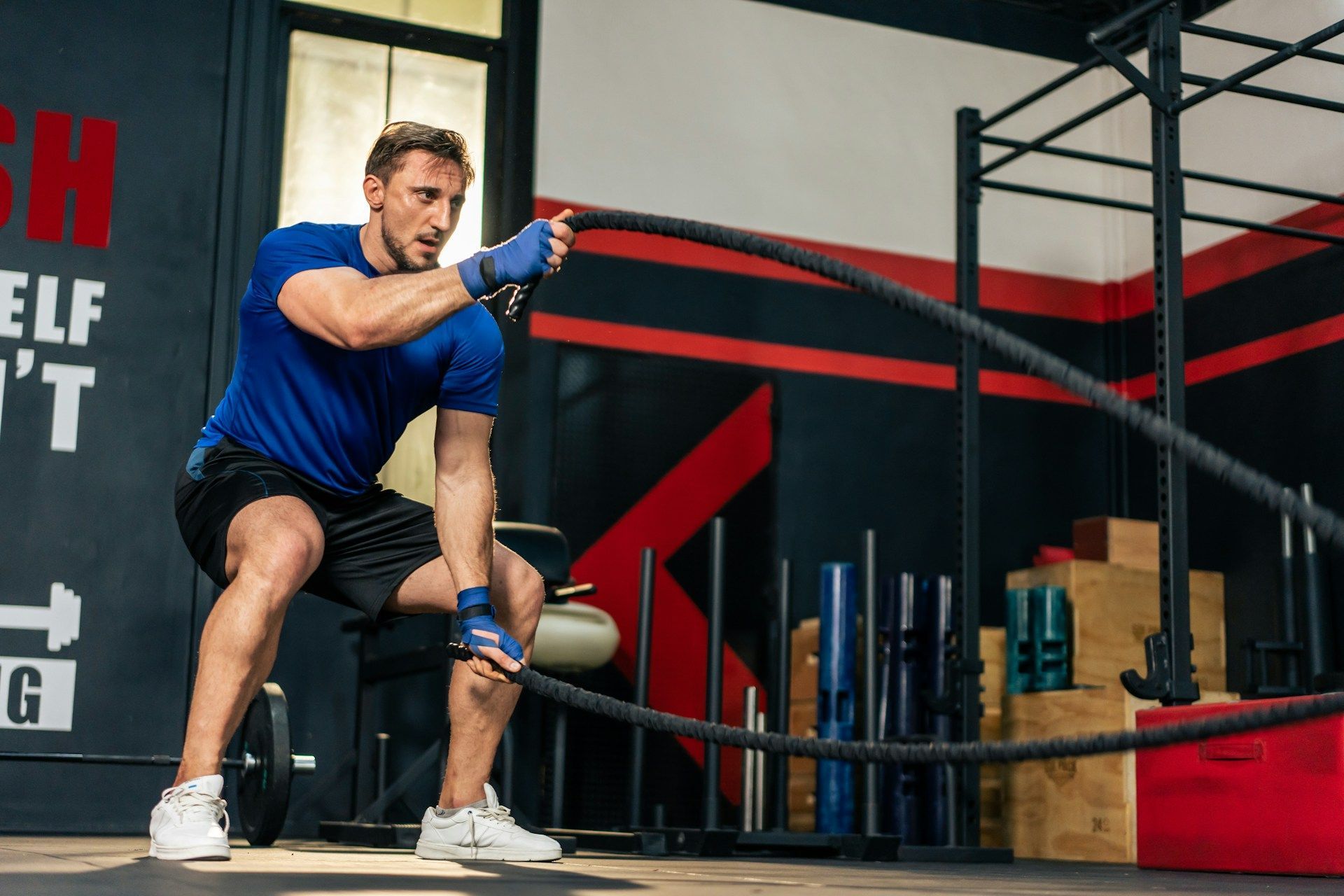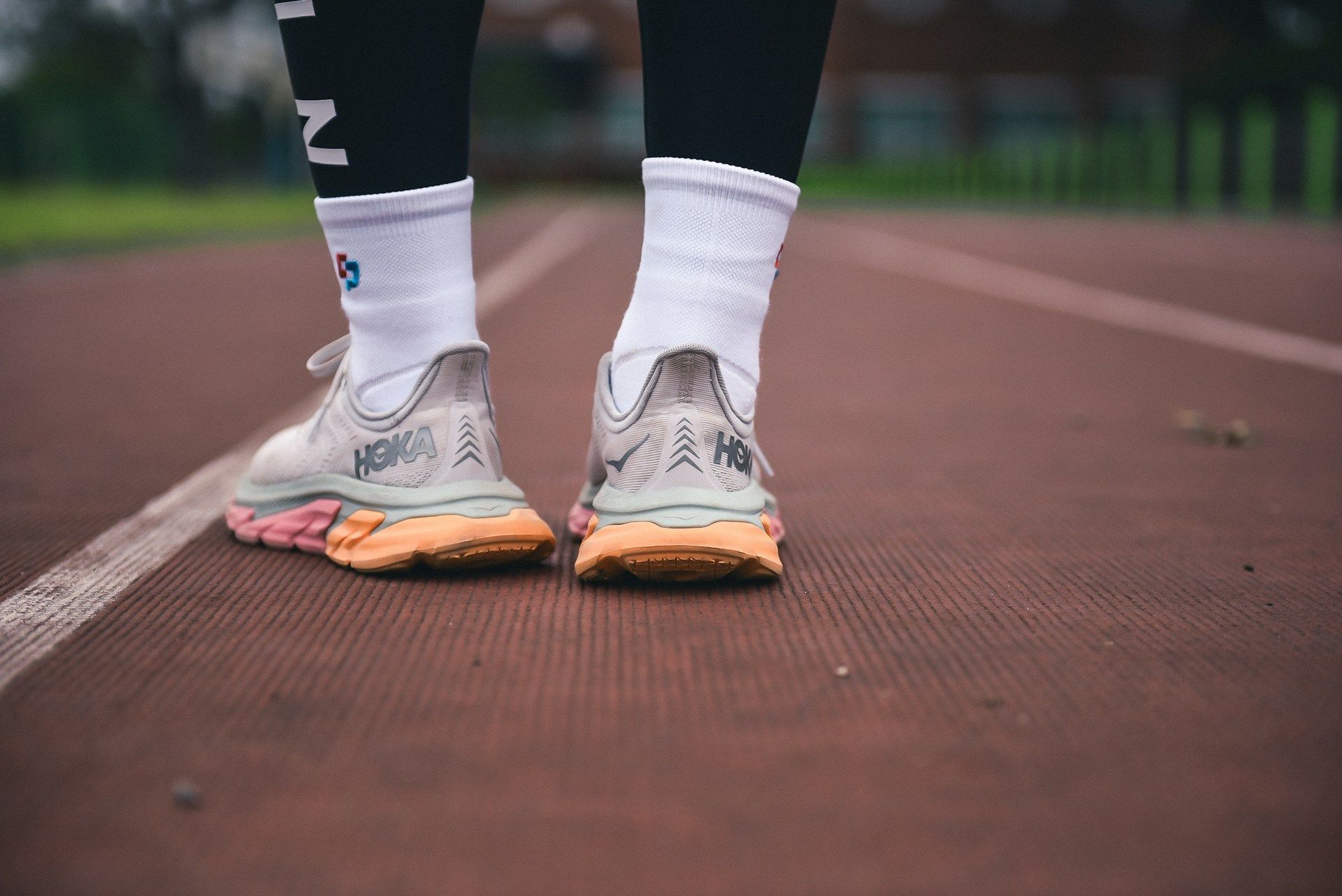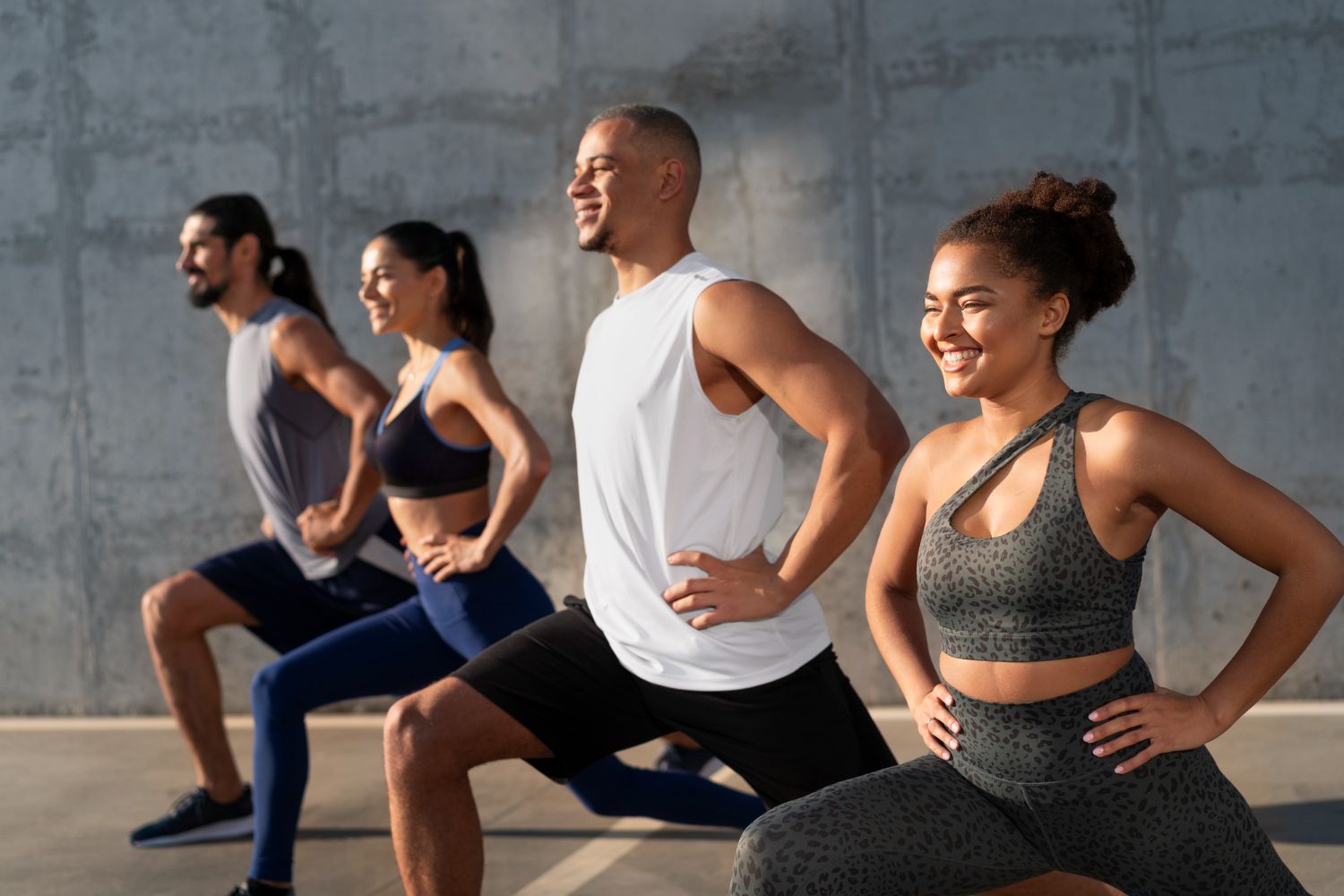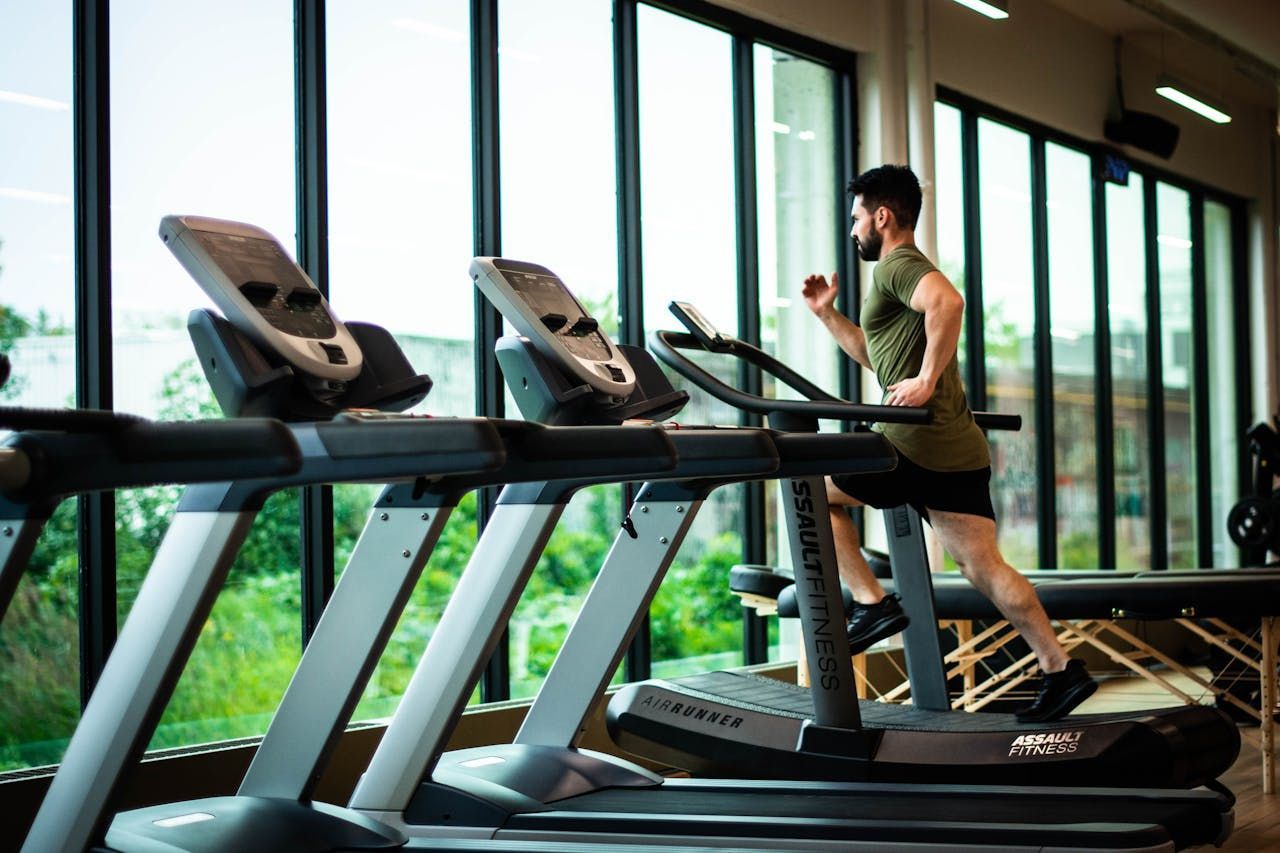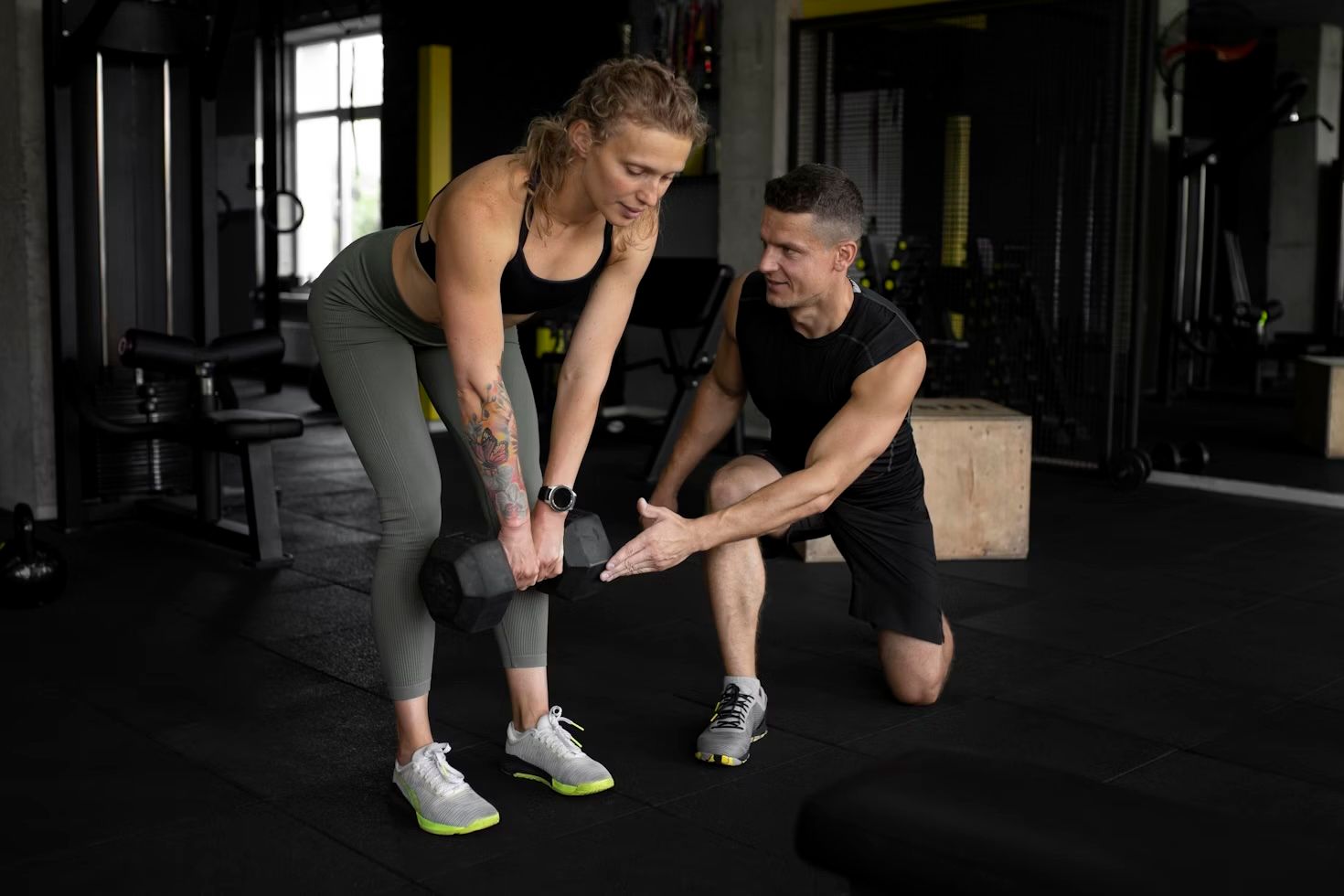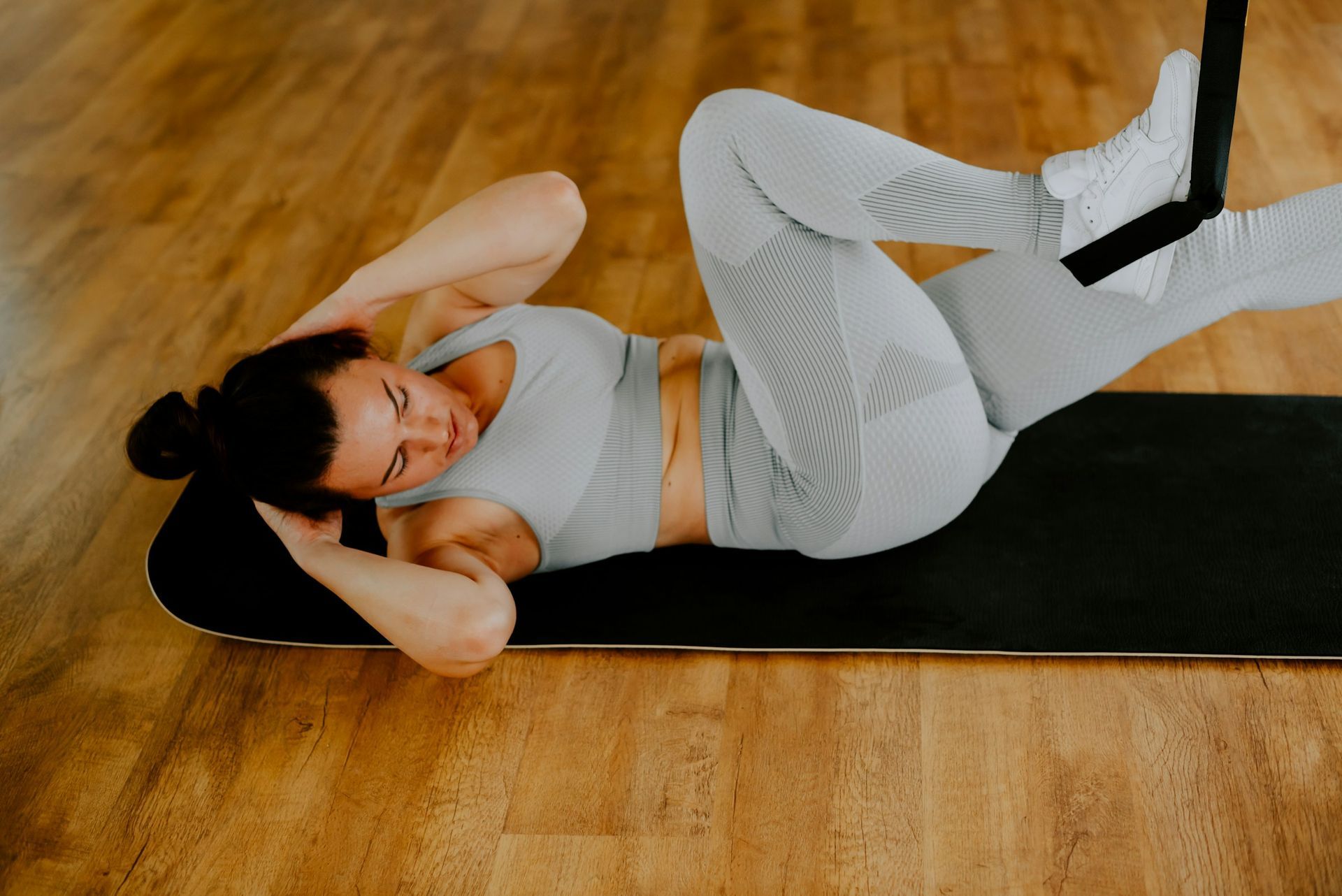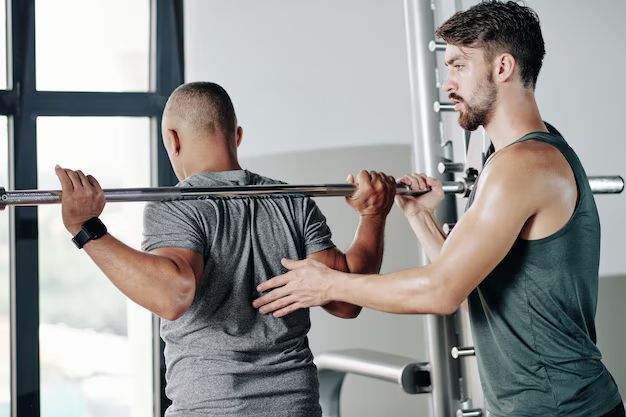The Science of Flexibility: A Comprehensive Guide To Improving Your Range of Motion and Preventing Injuries
Flexibility is an often overlooked yet vital component of overall fitness and well-being. It plays an essential role in physical performance, injury prevention, and maintaining proper alignment and posture. At Live Oak Fitness, we recognize the importance of flexibility training and its countless benefits for clients at all fitness levels. Our expert personal trainers have helped numerous individuals enhance their flexibility and mobility through personalized training plans tailored to their unique goals and abilities.
In this guide, we dive deep into the world of flexibility, examining the science behind its importance, the types of stretching and training techniques, and the best ways to integrate it into your fitness routine. By the end of this guide, you'll have a thorough understanding of the critical role flexibility plays in overall health and how to effectively improve your range of motion, reduce the risk of injury, and enhance your physical capabilities.
With a deep understanding of the science behind flexibility and practical guidance on how to improve it, you'll be well on your way to unlocking your range of motion potential and reducing your risk of injury. We are committed to providing evidence-based, personalized guidance for all aspects of your fitness journey, including flexibility training. Our highly experienced personal trainers are dedicated to helping you achieve your goals and unlock your potential.
The Science of Flexibility: Enhancing Physical Performance and Injury Prevention
Flexibility refers to the ability of a joint to move through its full range of motion. It is crucial for maintaining optimal body mechanics, preventing injuries, and enabling efficient movement during both everyday activities and athletic pursuits. The primary physiological factors influencing flexibility include muscle elasticity, connective tissue structure, and joint structure. By improving flexibility, you benefit from:
1. Reduced risk of injury: Greater flexibility helps protect muscles and joints from excessive strain and force, reducing the likelihood of injuries such as sprains and strains.
2. Improved posture and alignment: Enhanced flexibility supports proper alignment and body mechanics, helping to alleviate muscle imbalances and chronic pain.
3. Increased movement efficiency: A flexible body enables more efficient movement patterns, contributing to better performance in various physical activities.
The Different Types of Stretching: Static, Dynamic, and PNF
There are several effective stretching techniques available to help you improve your flexibility. Each technique offers unique benefits, and incorporating a variety of them into your training regimen may yield the best results.
1. Static stretching: This method involves holding a stretch at the point of mild tension or discomfort for an extended period, typically 15-30 seconds. Regular static stretching can increase passive flexibility and help mitigate muscle imbalances and postural issues.
2. Dynamic stretching: In contrast to static stretching, dynamic stretching involves moving your body through a series of controlled, fluid motions to improve active flexibility and joint mobility. This type is often performed during warm-ups to prepare your muscles for athletic activity.
3. Proprioceptive Neuromuscular Facilitation (PNF): This advanced technique combines passive stretching with muscle contraction to enhance flexibility and range of motion rapidly. With the assistance of a personal trainer or partner, PNF stretching can help promote muscle relaxation and structural adaptation.
Tips for Designing a Flexibility Training Routine: Crafting a Plan That Works for You
A well-rounded, flexible training plan will cater to your unique goals, abilities, and preferences. Consider the following tips when designing your flexibility routine:
1. Set specific goals: Define clear, measurable objectives related to your flexibility, such as increasing the range of motion in a particular joint or improving performance in a specific sport.
2. Choose appropriate stretching techniques: Select the most suitable stretching methods for your goals and needs, considering factors such as your current fitness level, time constraints, and personal preferences.
3. Maintain consistency: Make stretching a regular part of your fitness routine, aiming for at least 3-4 sessions per week to see continued progress.
How To Incorporate Flexibility Training Into Your Current Routine: Creative Strategies for Success
Incorporating flexibility exercises into your existing workout plan can help maximize results and encourage consistency. Here are some ideas for weaving flexibility training into your current regimen:
1. Dynamic Warm-ups: Utilize dynamic stretches during your warm-ups to prepare your body for athletic activity and improve your active flexibility.
2. Static Stretching during Rest Intervals: Use the rest intervals between strength exercises to perform static stretches, targeting the muscle groups worked during your strength training session.
3. Post-Workout Cool Down: Dedicate time after your workouts for a cool down that includes static and PNF stretching to promote muscle recovery and relaxation.
Elevate Your Flexibility Potential With Live Oak Fitness
Unlock your flexibility potential and reduce the risk of injury with the expert guidance and support of our qualified personal trainers at Live Oak Fitness. Our
best fitness trainers are dedicated to helping you craft a personalized flexibility training plan that aligns with your fitness goals and lifestyle. Reach out to us today to begin your journey toward enhanced mobility, improved physical performance, and optimal well-being with our expert trainers by your side.
*It is important for your health and safety to always check with your doctor or one of the personal trainers at Live Oak Fitness before beginning any workout program.

